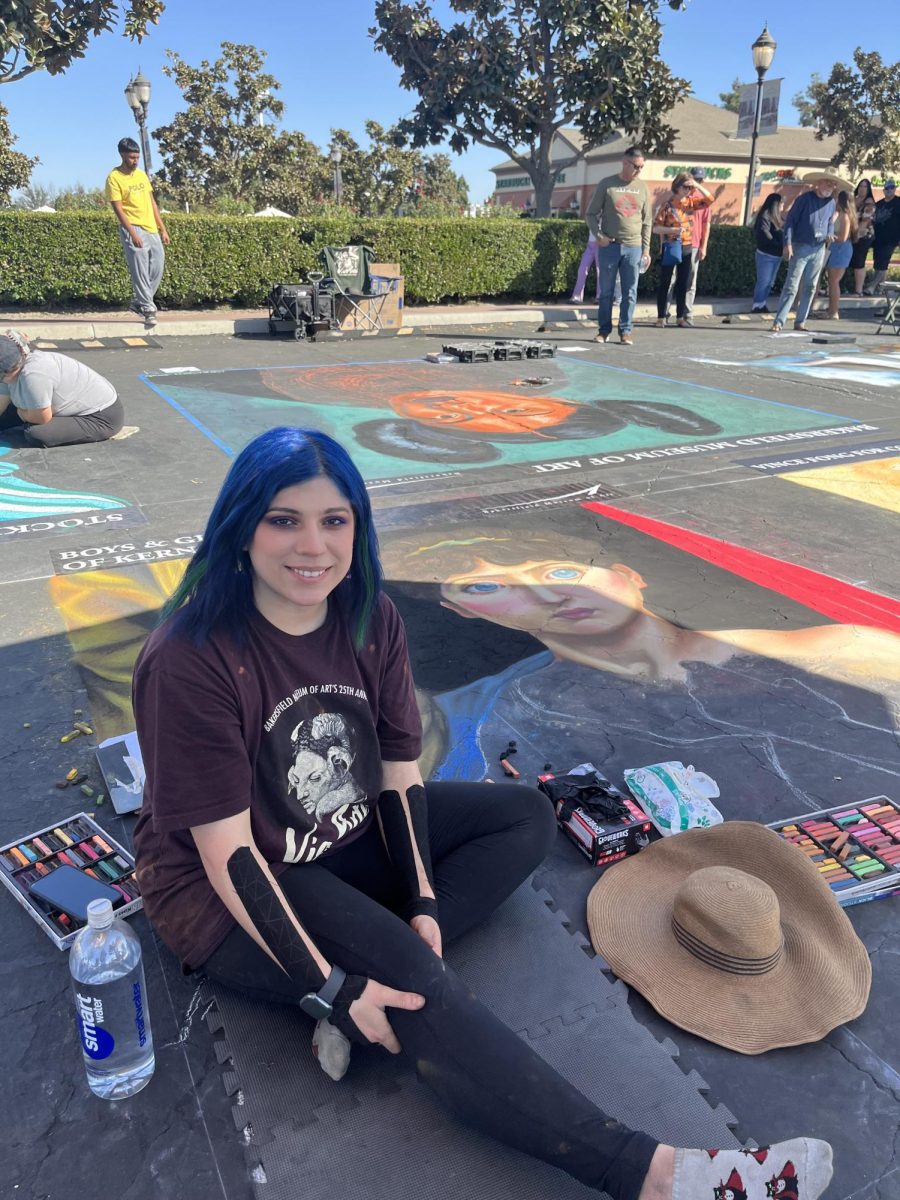Streetwear takes over
September 14, 2018
The unknown world of streetwear has been slowly creeping into the public eye with Hip-Hop artists, celebrities, and athletes alike choosing to rock brands like Supreme, Bape, and Palace to name a few. These brands have served a specific niche of customers for several years, but the proper exposure and just the right amount of hype has thrust their popularity to the center of the ever-changing fashion world. But with a complex dynamic of brands and styles, how does one properly describe exactly what streetwear is?
To me, streetwear is an ambitious take at an anti-traditionalist idea of what fashion has historically been. Streetwear started, of course, in the streets of big cities like New York and Tokyo respectively. It represented everyday people who didn’t necessarily line up with traditional fashion norms but still had creative ideas regarding what they were wearing. Supreme, arguably the most popular streetwear brand, started as a skateboard shop in Manhattan in 1994 and is now worn and loved by many who keep up with popular culture. Palace, a skateboard brand founded in 2011 in London, has had similar success to Supreme with weekly hyped releases.
On the higher end of streetwear, there are brands like Stone Island, a European brand of “sportswear”, that caters to those with an expensive taste. But the most popular high-end streetwear brand that has made the most impact in the industry is undoubtedly Off-White. Creator Virgil Abloh’s shoe collaboration with Nike, “The Ten”, go for thousands of dollars on reselling websites. Although these brands push fashion forward, the business of reselling rears the ugly side of the streetwear world.
The demand or “hype” for these items drive the price of them through the roof and has created a literal market of buyers and sellers. If done properly, one can resell hyped items like shoes, shirts, hoodies, etc. for marginal profits and function as a real business. Some argue that reselling is a hustle and acceptable, but it is a well-known fact that those who resell are looked down upon.
Personally, reselling has its respective pros and cons. It is now easier than ever to purchase the Supreme shirt or Palace jacket that you missed on the release date, but you have to be willing to pay the resell price. These brands are getting more attention and exposure, yes, but people are getting instant gratification by accepting the ramifications of staying at home instead of going out and getting in line for what they want. These kinds of problems have come up in the sneaker industry as well, and it was only a matter of time before it carried over into streetwear.
The most negative thing about reselling streetwear though has to be the insane prices. Reselling website StockX listed the last sale of a Spring/Summer 2014 Supreme box logo shirt at $1200. Yes, that number is insane. But that price is common for a Supreme box logo shirt, sweatshirt, or hoodie. The only reasonable explanation for the price of the shirt is pure hype; enough people are willing to pay these prices, so they do.
To some people, it’s fun to be outraged by the prices of these items, but the truth is that it has become normal. It isn’t out of the ordinary for people who pay attention to streetwear to pay $300 to $500 for a shirt, it is a way of life. Being into streetwear is just another hobby like collecting cars or guns. On a basic level, it’s all the same; our society is going through a change where people are beginning to care about what they wear.
Although streetwear has its ugly side, there is a huge upside when it comes to expressing yourself. Personally, I have made new friends, traveled to new places, and experienced things I never would have otherwise. Regardless of what the hype tells me, I will continue to search for items that I truly enjoy and keep me coming back for more.







